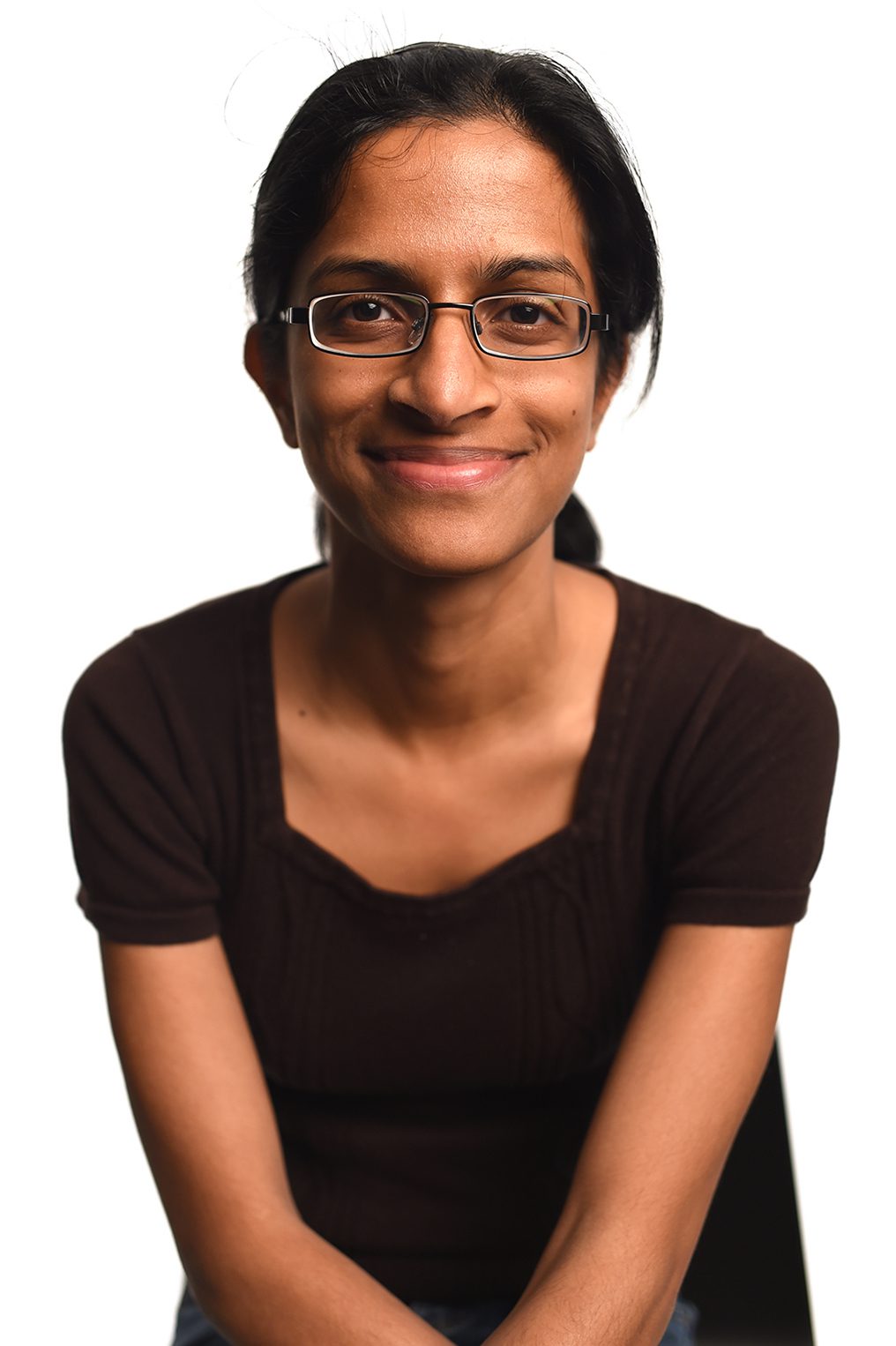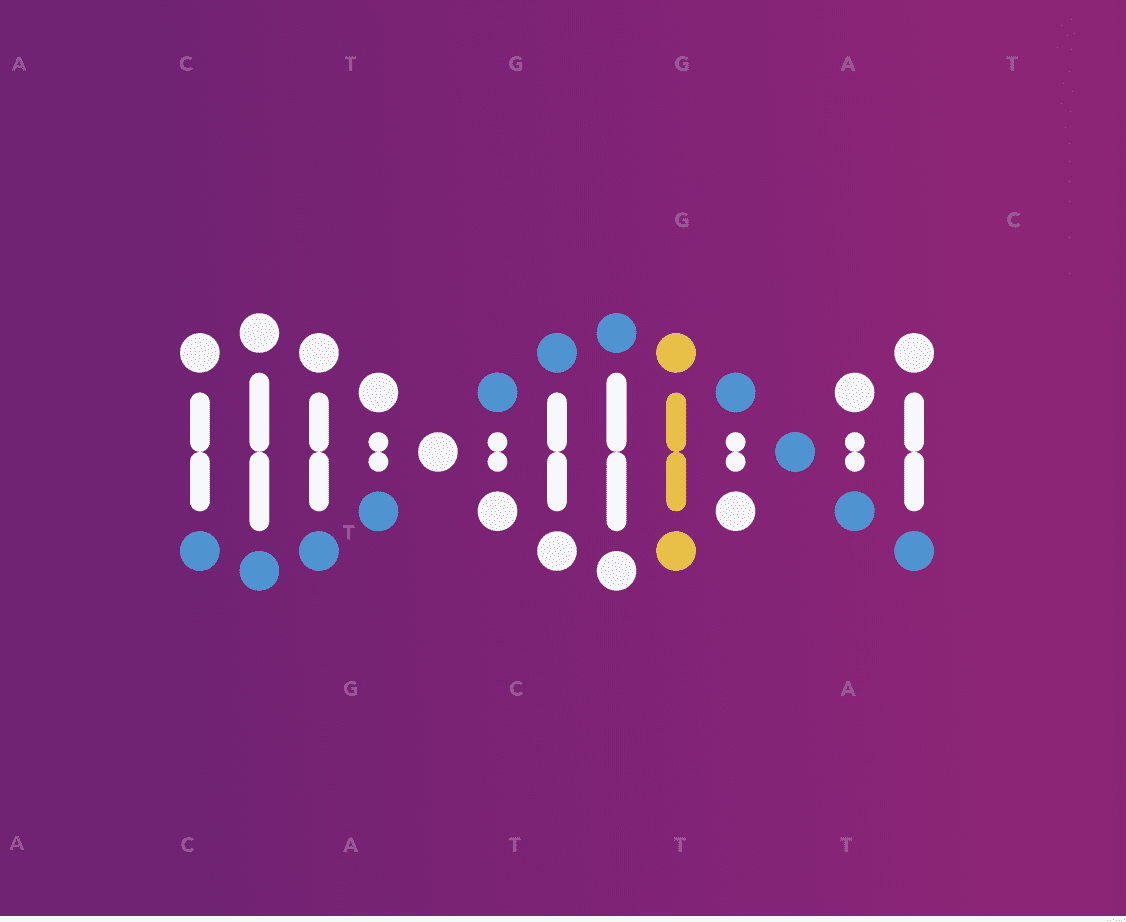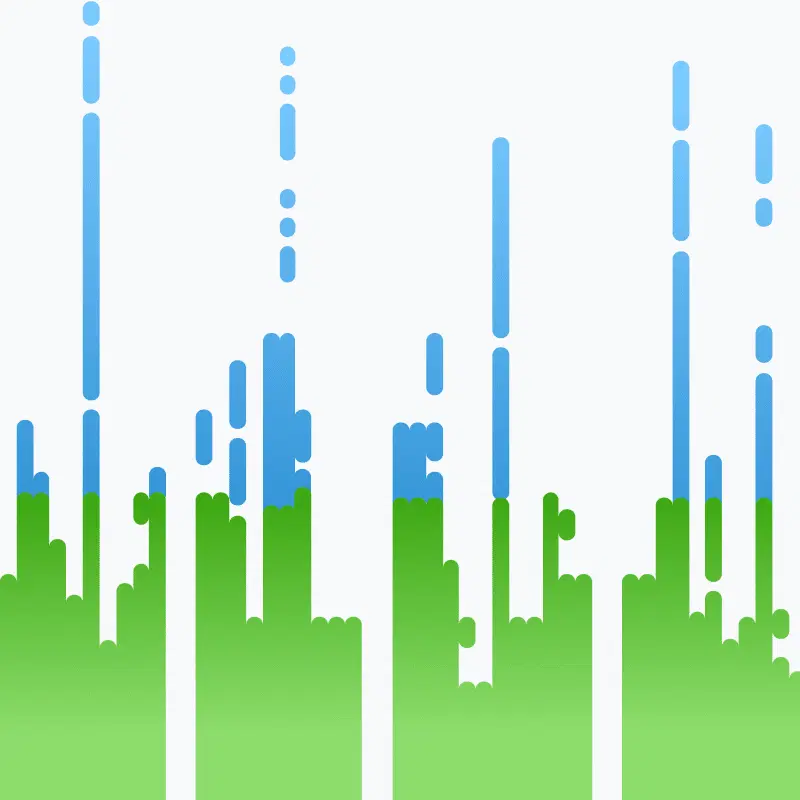Aarathi Sugathan, Ph.D., found her calling in an undergraduate bioinformatics course at the University of Toronto. “I was intrigued,” she recalls. “Here was a way to answer biological questions using the computer in addition to laboratory research.”
This intrigue propelled her through college and a subsequent Ph.D. program and eventually led her to the 23andMe Therapeutics team.
As a Senior Scientist of Computational Biology at 23andMe, Aarathi uses genetic insights to identify and create actionable therapeutic targets for patients. The role feels tailor-made.
“I get to work on problems that are both interesting to me and really matter to the world,” she says. “In hindsight, it makes perfect sense.”
How did your academic background lead you to 23andMe?
My Ph.D. work was on quite basic biology, trying to understand the mechanisms of gene regulation in mouse liver. My postdoc was primarily in a genetics lab.
Then I moved into industry; my first job was at a biotechnology company that aimed to discover new immunotherapy drugs for cancers.

I feel that 23andMe is a combination of all the above – genetics and drug discovery, and of course, there’s a need to understand underlying biology to put those two things together.
And I’ve always told people that working here feels like a mix between my postdoc lab (the genetics focus and an academic-like environment in some ways), my previous job (drug discovery and working closely with wet lab scientists), and a tech company (for obvious reasons). It’s a very unique and exciting place to be.
Can you give an overview of your role?
As a member of the Computational Biology team, my job is to help move from a promising genetic association to an actionable therapeutic target that we can use to develop therapies that will ultimately help patients.
I work closely with people on different teams across the company and use data from our customer-consented genetics research database and other types of data from public sources, as well as data that wet lab scientists in our Therapeutics group generate.
Using that data, I help prioritize new possible targets. I assess their genetic and biological rationale. I also help answer questions like when and where genes are expressed and what happens in disease conditions compared to normal tissue to help us narrow down the correct targets and understand their mechanisms of action.
Earlier this year, 23andMe began clinical trials of its first immuno-oncology (I/O) antibody developed in-house. The Computational Biology team played a key role in each phase of this process. What was that experience like?
I haven’t worked directly on the CD200R1 program, but I frequently interact with my colleagues who do; it’s certainly very exciting to see how work by our team directly helped identify the target and has continued to support the program all the way through to the clinic.
One of the things I am working on now is thinking about ways to use an approach similar to what we use in immuno-oncology, to try and put together genetic data across different phenotypes to aid in target discovery for other diseases.
Does working with such a large genetic data set ever present challenges?
Definitely. Honestly, I’ve handled them by working together with very talented people across multiple teams who have figured out and continue to figure out better ways to meet these challenges.
What projects are you working on that you’re most excited about?
Probably the one I am most excited about is the work I’m doing to prioritize the genetic hits that are the most promising for drug target discovery.
This has involved figuring out the best metrics and benchmarks for a “good” target and using these to evaluate hypotheses. I’m also working on how best to integrate other types of non-genetic data in the public domain that are relevant to specific disease areas, which would help understand and make use of the underlying biological mechanisms that lead to a disease phenotype.
Another exciting project I’m working on is the Black Representation in Genomic Research project. Through consented research participation, we were able to gather gene expression and genetic data from individuals with African ancestry. Their contribution to this project has helped us better map genetic signals to the underlying causal genes in a way that better represents the variation between humans with different ancestral compositions.
My work for this project has been focused on investigating differences in gene expression between different populations to determine how much our ability to map genetic signals to causal genes is limited by using only datasets that are predominantly from individuals of European descent.

